Healthy Dubia Roaches: A Guide to Identifying What you are Buying
Dubia roaches are a popular feeder insect choice among reptile, amphibian, bird, and other small pet owners due to their hardiness and nutritional value. These tropical roaches come in both male and female sexes, each with distinct physical characteristics. In this blog post, we will delve into the anatomy of the Dubia roach, highlighting the key features of both the male and female roaches, impacts of environment and diet on health, and provide an in-depth guide on how to identify a healthy roach by examining its body parts. Whether you are a seasoned pet owner buying roaches online or in pet stores, or new to keeping Dubia roaches, this guide will provide you with valuable information to ensure that you can identify a healthy Dubia Roach. It's important to know that you are giving your pets the best and it's Loaded Dubia Roaches mission to ensure that we put your pets health as our priority.
Physical Characteristics
Lets first dive into some physical characteristics of the Dubia Roach (Blaptica dubia) before we get into the other factors that cause a Dubia Roach to become unhealthy and less nutritious for your pets. The physical characteristics of a Dubia Roach can be broken down into three sections (head, thorax, and abdomen).
The Head
The head of a Dubia roach is relatively small in comparison to the rest of its body. The eyes are located on the sides of the head and are large and round.

The antennae are also located on the head and are long and thin. These insects have a pair of mandibles, or jaws, which are used to crush and chew food. When examining the head of a Dubia roach, look for signs of injury or deformity. A healthy roach should have clear, unclouded eyes and well-formed antennae and jaws. Don't fear though, Dubia Roaches do not bite. They will not harm you or your pets.
The Thorax
The thorax is the middle section of the Dubia roach's body. This is where the legs and wings are attached. The legs of a Dubia roach are long and thin, and the wings are located on the top of the thorax. There are six legs with what looks like little spikes or barbs that run along the legs. These barbs help grip to be able to climb. Dubia Roaches, however, cannot climb smooth surfaces. This makes keeping them less concerning because a simple plastic container can deter escapees. When examining the thorax, look for signs of injury or deformity. A healthy roach should have well-formed legs and wings that move freely.
The Abdomen
The abdomen is the largest part of the Dubia roach's body and contains the

majority of its internal organs. A simple examination of the abdomen can aid you in quickly identifying the state of health and whether or not the dubia was bred properly in an ideal environment with a great diet. The exoskeleton of the abdomen is relatively thin and flexible, allowing the roach to move and bend easily. A healthy roach should have a smooth, flexible abdomen that is free from injury or deformity. If the Dubia Roach was not raised properly, the abdomen area will be flat and thin. This is due to lack of hydration and an inadequate diet. The abdomen needs to be plump for signs of proper hydration and diet.
The Male Dubia Roach

The male Dubia roach is slightly smaller than the female, and has a narrower and more elongated abdomen. The male roach also has thicker antennae than the female. The male's genitalia, located on the last segment of the abdomen, are more narrow then the width of the abdomen.
The Female Dubia Roach
The female Dubia roach is slightly larger than the male, and has a wider and more rounded abdomen. The female roach also has thinner antennae than the male. The female's genitalia, located on the last segment of the abdomen, is generally the width of the abdomen.
The female roach also has thinner antennae than the male. The female's genitalia, located on the last segment of the abdomen, is generally the width of the abdomen.
The Nymph Dubia Roach
The nymph stage is the developmental stage of the Dubia roach between the egg and adult stages. During this stage, the Dubia roach undergoes several molts as it grows and develops.
Nymph Dubia roaches have distinct features that differentiate them from adult roaches. They are smaller in size, lack fully developed wings, and have a different coloration. Nymphs also have a soft exoskeleton, making them vulnerable to injuries and environmental stressors.

To identify healthy nymph Dubia roaches, look for individuals with a plump and round body, vibrant coloration, and active movement. They should have clear, bright eyes and a smooth, intact exoskeleton. Signs of poor health in nymphs may include lethargy, reduced appetite, and discoloration or damage to the exoskeleton. In some cases, a sick nymph may also display an abnormal body posture or difficulty moving.
Environmental and nutritional impacts on the Health of a Dubia Roach
The two major impacts of a Dubia Roaches health is the environment that it is bred and raised in and the diet that it is given throughout the various life stages. Lets take a look at each of these factors to understand how to identify the overall health of the Dubia Roach.
Environment
Dubia Roaches are a tropical species that are native to the southern hemisphere in locations such as South America and Mexico. They were brought to America in the 1970s and bred for the purpose of providing superior nutritional value to reptiles, amphibians, birds, and other small animals. Because they are native to a tropical environment, they thrive the best when these environmental characteristics are mimicked. Here at Loaded Dubia Roaches, we utilize technology to make this happen. We have developed a means to provide the perfect conditions for breeding and raising the Dubia Roach. Each stage in the Dubia Roach life cycle prefers slightly different conditions. We have identified this and have provide our Dubia with optimal conditions for each stage.

If a Dubia Roach is bred or raised in subpar conditions, there are signs that the dubia roach will exhibit to tell you that it hasn't been properly taken care of. These signs are coloring, sheen, and overall vibrancy of the dubia aesthetics. The Dubia roach will have dark colors and spots while in the nymph stage of life. The spots and colors in males and female adults will be less prominent. Finally, the sheen of the exoskeleton will be dull. A healthy dubia roach should have a glossy sheen with rich and vibrant colors.
Diet
A proper diet is instrumental in the overall health and nutritional value of the Dubia Roach. Dubia Roaches are omnivores and require a balanced diet to achieve the highest nutritional value for your pets. This diet consists of various fruits, vegetables, carbs, and proteins introduced in certain ratios throughout the life stages. Certain diet changes promote nymph growth while other diet variations promote reproduction. The frequency you feed them, and what you feed them make a big impact. Of course, regardless of any life stage, hydration is very important. A source of water must be presented to the dubia roach at all times.

If a dubia roach is starved and dehydrated, they will exhibit very noticeable traits that will show you that they are not in a healthy state. The first is energy levels. They will be slow, lethargic, and not active. A dubia roach should be full of energy, quick, and provide a great hunting scenario for your pet. The second highly noticeable trait is that the abdomen will be flat and thin. Dubia Roaches SHOULD NOT be flat and thin. That is lack of hydration and a poor diet. The value of a dubia that exhibits these signs greatly decreases. Remember the saying "You are What you Eat"? This is critically true when it come to feeding dubia roachs to your pet. They have inherent nutritional value, but they also transfer nutrients from their diet. You want a plump, lively Dubia Roach that you know has had a superior diet for you pets.
Final Thoughts
Dubia roaches are an excellent feeder insect choice for reptile, bird and other small pet owners due to their hardiness and nutritonal value. By understanding the anatomy of the Dubia roach, you can ensure that your roaches are healthy and thriving. If you're looking for high-quality Dubia roaches, look no further than Loaded Dubia Roaches. Our roaches are raised using state-of-the-art techniques, ensuring that they are healthy, clean and safe for your pets to eat. We also offer a wide variety of sizes and quantities to suit your needs. Don't settle for anything less than the best for your beloved pets, trust Loaded Dubia Roaches for all your feeder insect needs. With our top-notch selection of Dubia roaches, you'll be able to provide your pets with the nutritious diet they need to thrive.
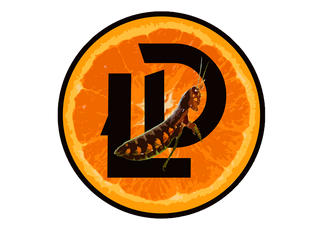
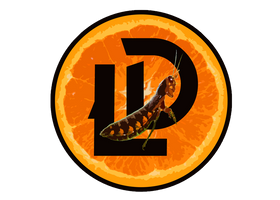
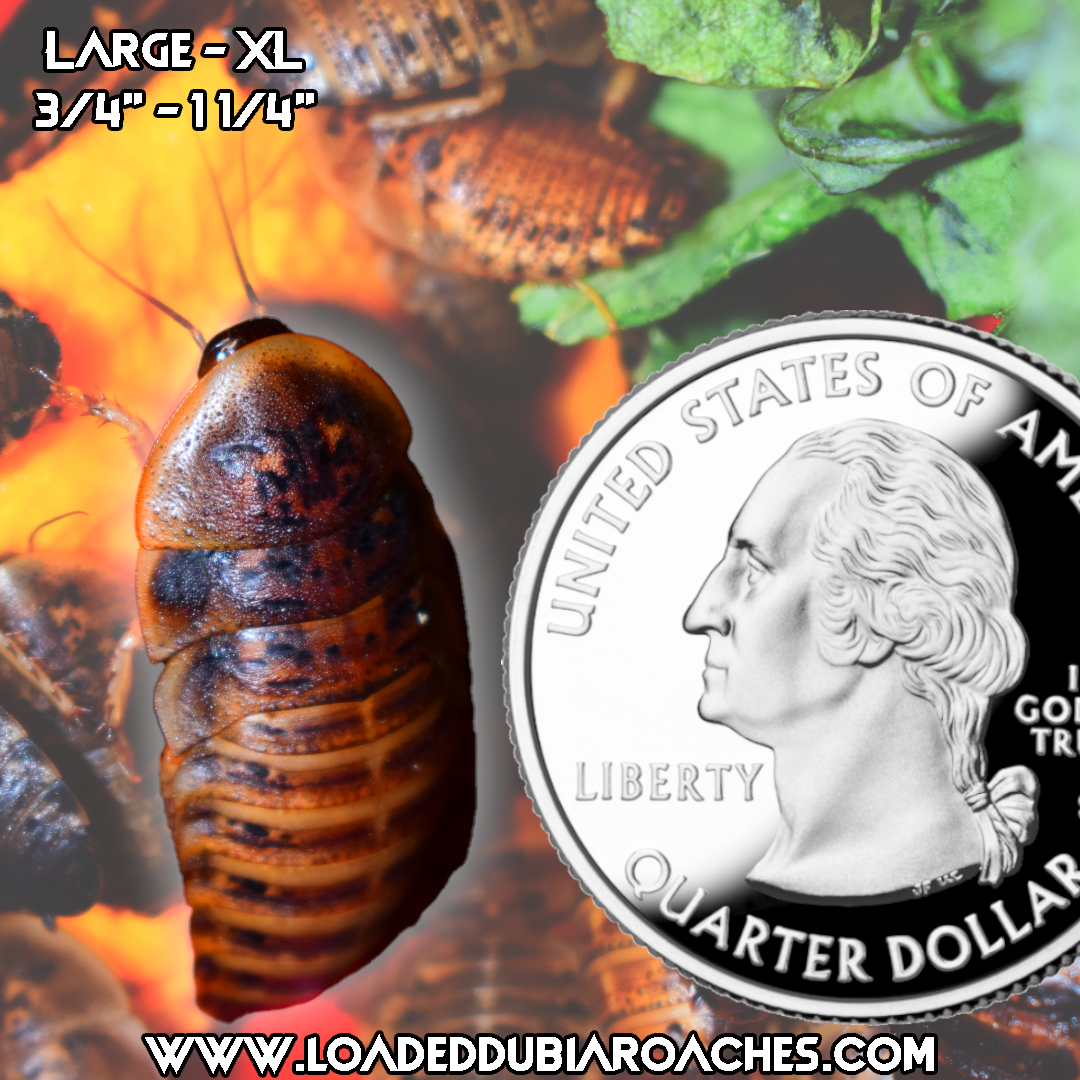
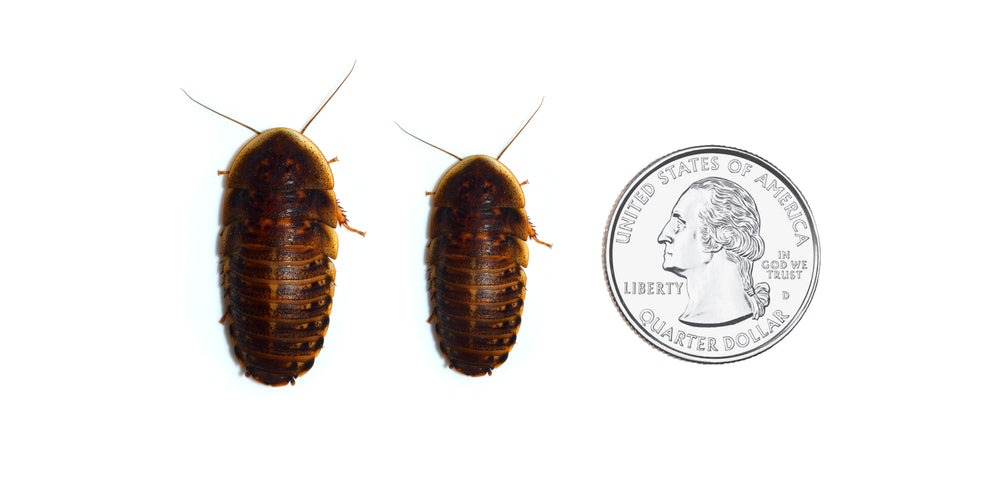


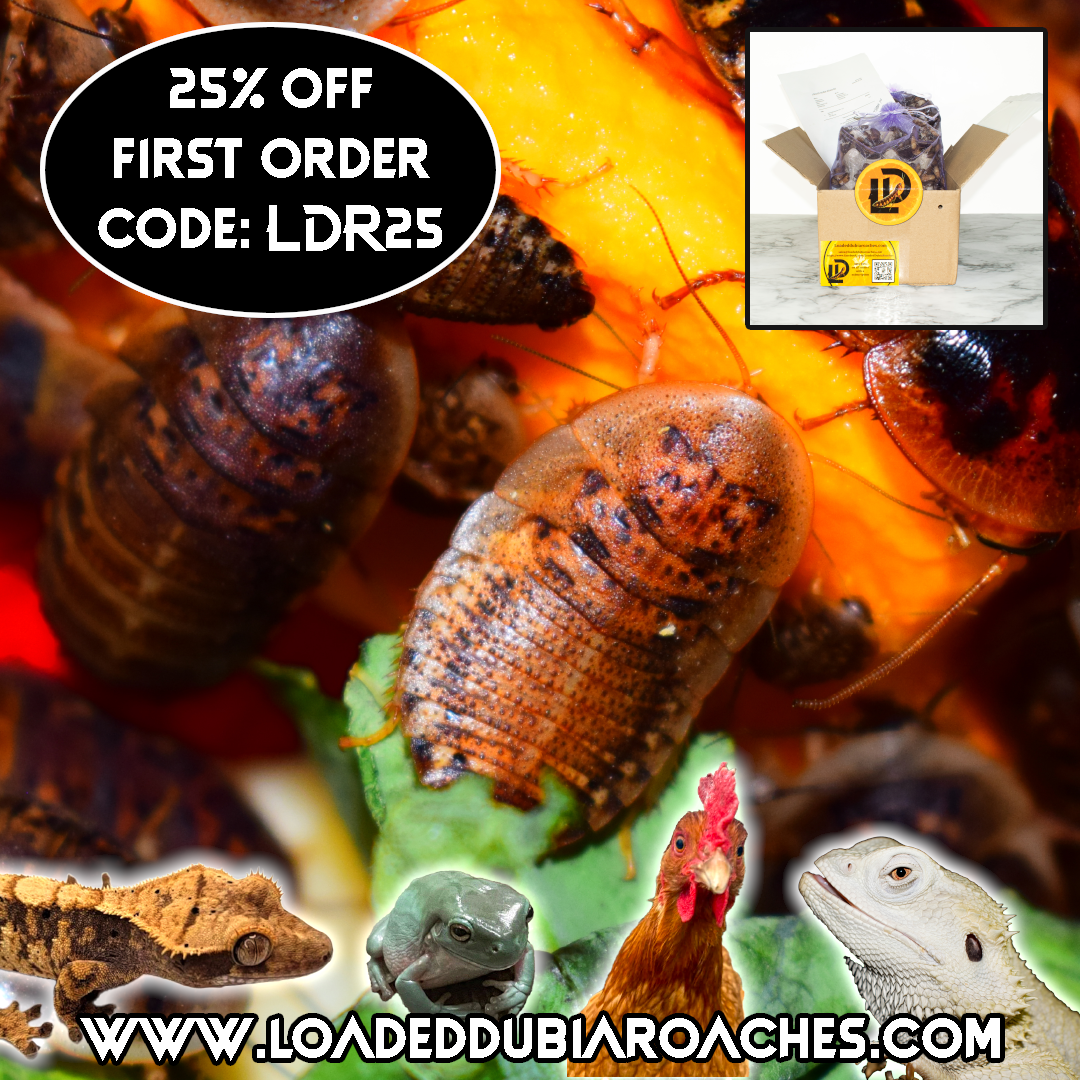

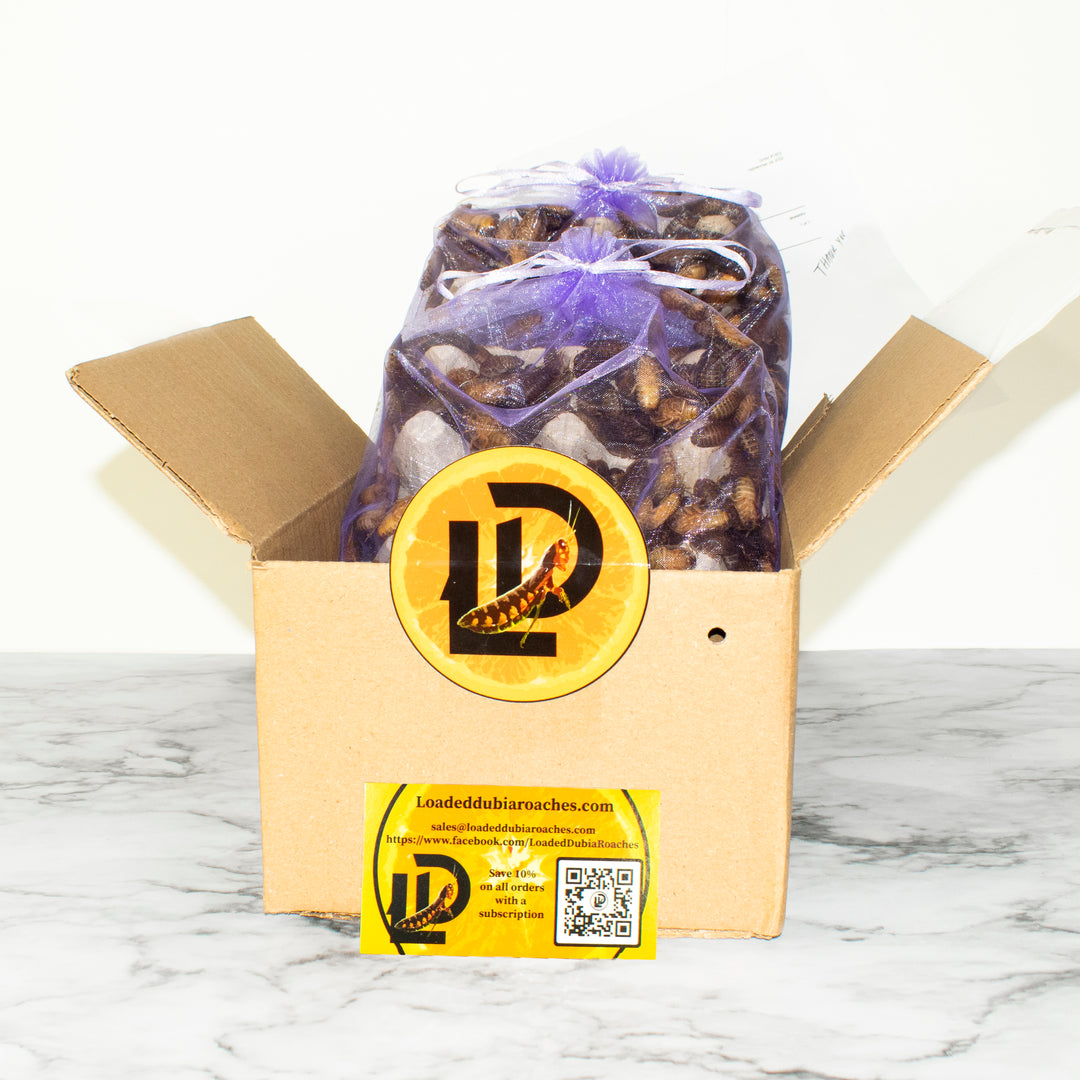
Leave a comment